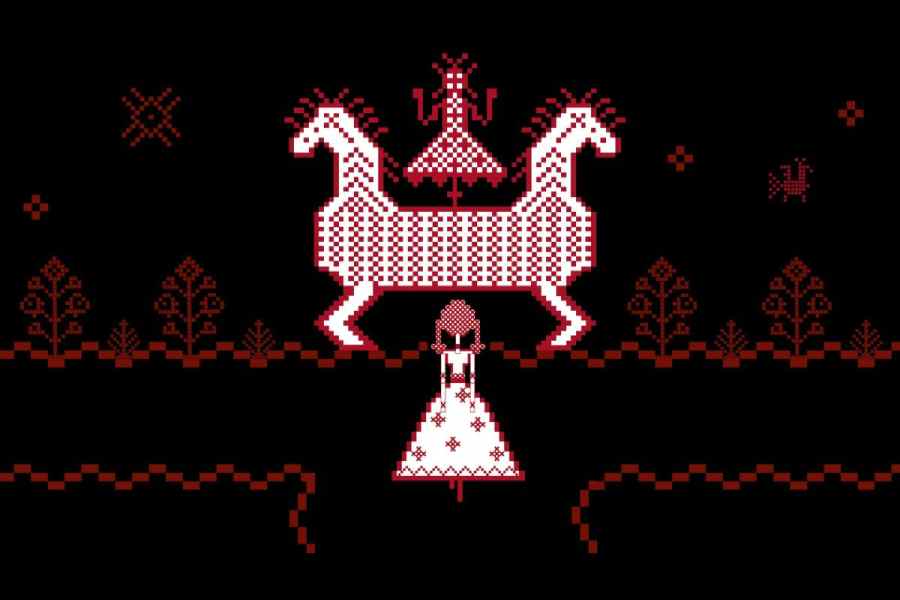Bengali children who grew up on a steady diet of literature from the former Soviet Union — a consequence of the Left’s influence on the cultural sphere in the 1970s and 1980s — would have found Afrah Shafiq’s solo show, I Fell Asleep a Believer and Woke Up an Atheist, at Experimenter, Hindustan Road, particularly illuminating. A product of Shafiq’s extensive three-year research into illustrated children’s books from the Soviet Union, the show had multi-media exhibits, including two interactive video games that viewers could immerse themselves in.
In one of these games, Nobody Knows for Certain — the title is inspired by the ambiguous line that marked the beginning of many story books from the Soviet Union — Shafiq weaves a tale of a tail-less cat and an empty Matryoshka doll who go on a quest to find their missing bits. But the game transcends the textual source: on this quest, viewers can find and collect books and read them, explore the art and illustration from these, and probe the sociological and cultural ties that bound India and the Soviet Union. Richly visual, the game draws viewers into the world that inspired Shafiq’s show.
The other game, The Bride Who Could Not Stop Crying (picture), infuses the uniquely feminine idiom of Slavic embroidery in an overtly male-dominated world of video-gaming. In this work and others, such as The Language of Tears (a mosaic featuring Mokosh, the Slavic goddess, believed to be the protector of women’s destinies) and A Pregnant Woman Morphs Into the Sun (a series of embroidered pieces), Shafiq delves into another form of storytelling that was practised by women and passed down from generation to generation. What makes these works distinct is the use of the signature red and white patterns of Slavic embroidery.
A series of typewriter drawings called Six Known and Six Unknown Languages frames the nonsense verse of Daniil Kharms — his poem inspired the title of the show — into the suprematist style of Kazimir Malevich, the Russian artist whose style of art inspired illustrators of many a children’s book. The stories here lie between the lines of the closely-crammed text and in the indelible, nearly-invisible, imprints of typesets left in the background without any ink.










